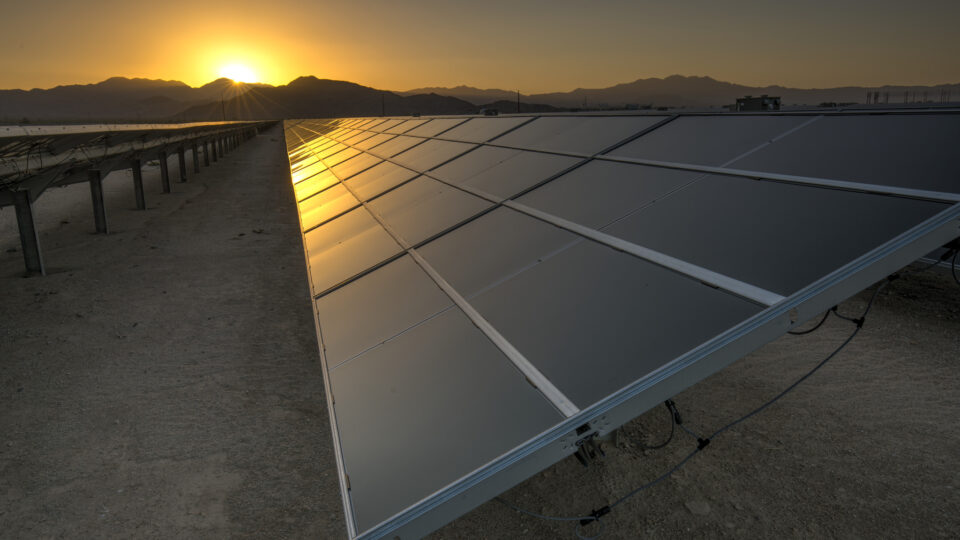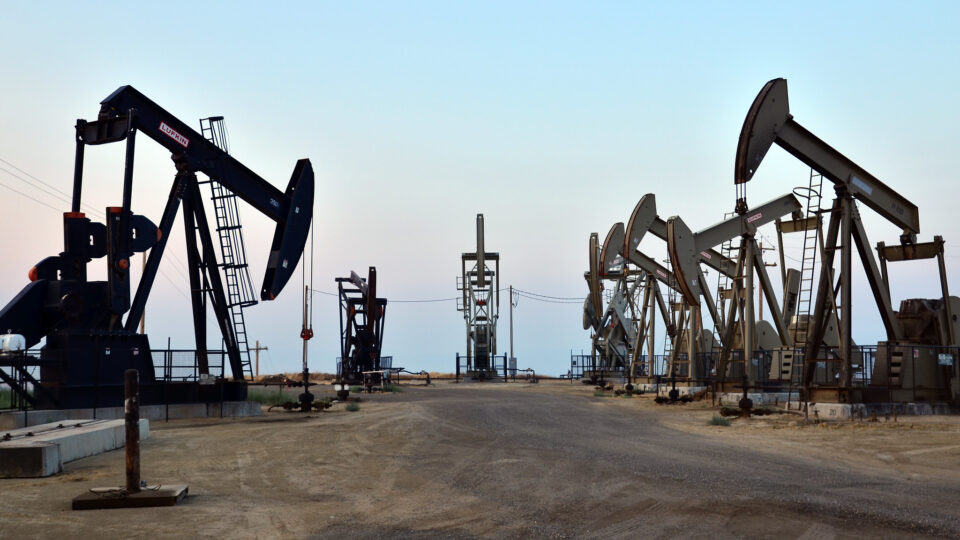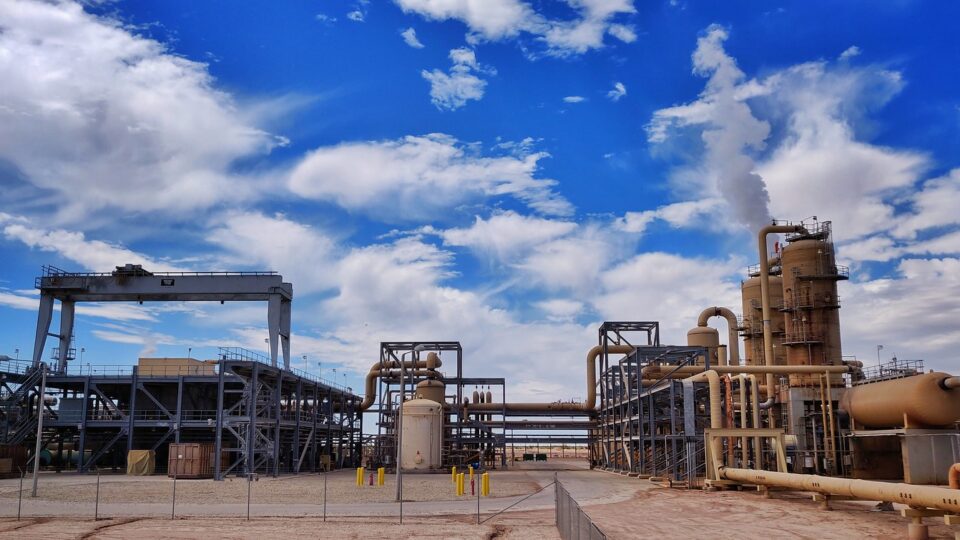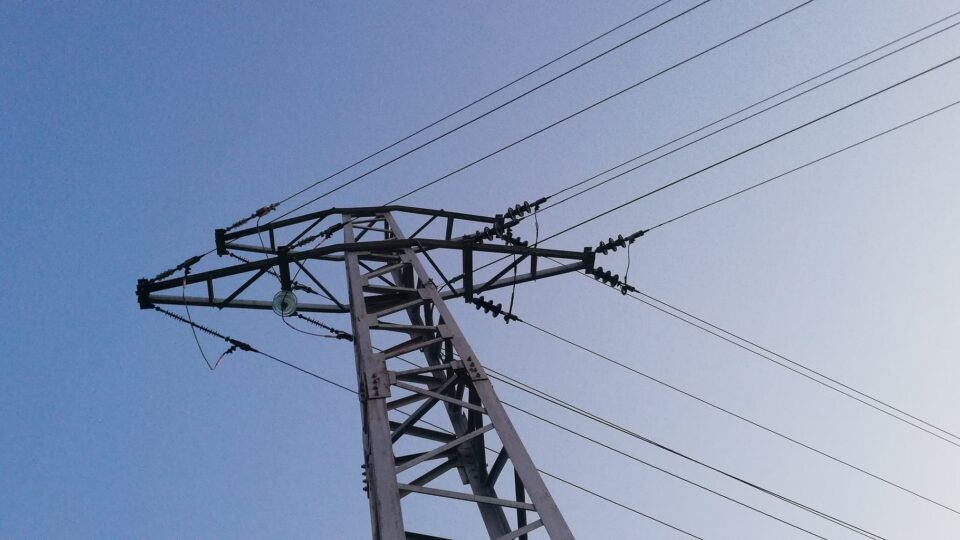For the first five months of this year, wind and solar generated more electricity than coal in the United States. This is a first. Total renewable energy generation exceeded coal-fired power in both 2020 and 2022, but that counted hydroelectric power as one of the renewable sources.
This year, wind and solar alone generated a total of 252 terawatt-hours of energy through May compared with coal’s output of 249 terawatt-hours. Hydropower generated an additional 117 terawatt-hours during that period.
While solar and wind power have been expanding at a rapid rate, the biggest change this year has been a precipitous drop in coal-fired generation due to a combination of low natural gas prices, a mild winter, and a series of coal plant retirements.
Coal generated almost half of the country’s electricity as recently as 2008. Since then, coal has steadily declined as older coal plants shut down and were replaced by natural gas plants and renewable energy sources. The coal industry had a bit of a reprieve last year when natural gas prices spiked in response to the disruptions in gas supplies in Europe due to the war in Ukraine. The benchmark for natural gas prices – known as Henry Hub – was $8.81 in August 2022. In May of this year, it was $2.15. Given this trend, the demand for coal has steadily declined.
The US has retired another 7% of the coal fleet – 14 gigawatts of capacity – since the start of 2022. Meanwhile, power companies have added 22.5 GW of wind and solar capacity in just the past 12 months.
**********
Web Links
In a First, Wind and Solar Generated More Power Than Coal in U.S.
Photo, posted September 20, 2016, courtesy of Bureau of Land Management via Flickr.
Earth Wise is a production of WAMC Northeast Public Radio






